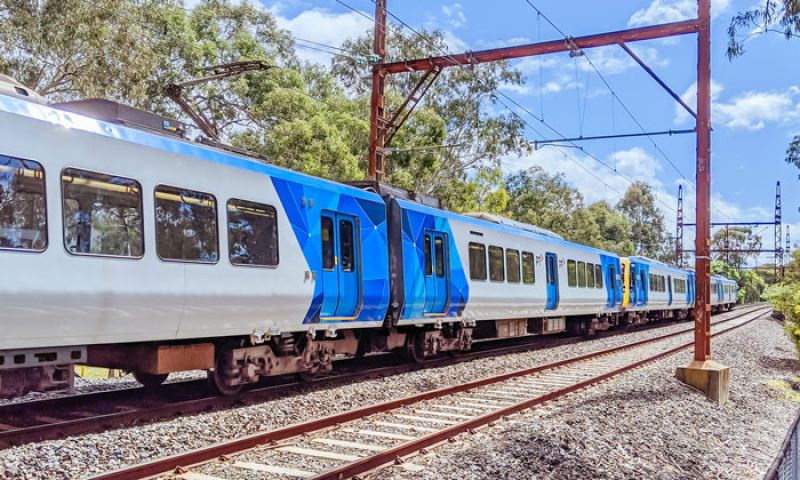These guidelines set out the detail of processes and requirements for the referral and assessment of projects via an Environment Effects Statement under the Environment Effects Act 1978.
Eighth edition, 2023
Minister's foreword
The Environment Effects Statement (EES) process is the highest level of environmental assessment in Victoria. Proponents and stakeholders invest heavily in an EES and should be confident that processes and principles are applied consistently and transparently.
Ministerial guidelines accompany the Environment Effects Act to guide and clarify the assessment processes. Periodic updates of the guidelines reflect improvements and changes in assessment practices and procedures and the evolution of stakeholder expectations. This edition details a tiered approach to assessment, while refreshing references to other legislation and policy.
Victorians’ expectations about impact assessment and environmental protection continues to mature. Inevitably, proposals to which the Act applies raise strong feelings and controversy. An EES is not expected to resolve all contested matters, but to shed clear light on the environmental issues that decision-makers need to understand and consider.
This refreshed edition of the Ministerial Guidelines is an important step to provide procedural clarity on the process.
The Hon Sonya Kilkenny MP
Minister for Planning
EES Ministerial Guidelines Refresh FAQs



